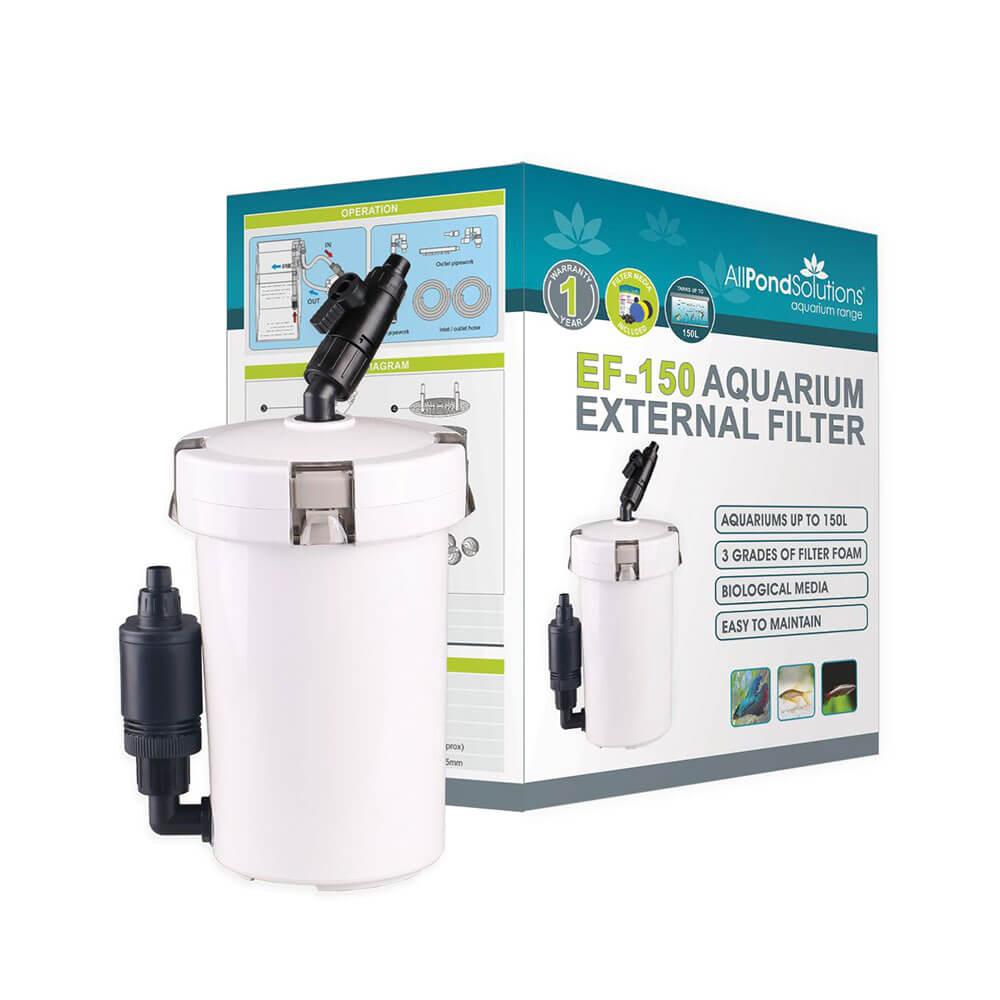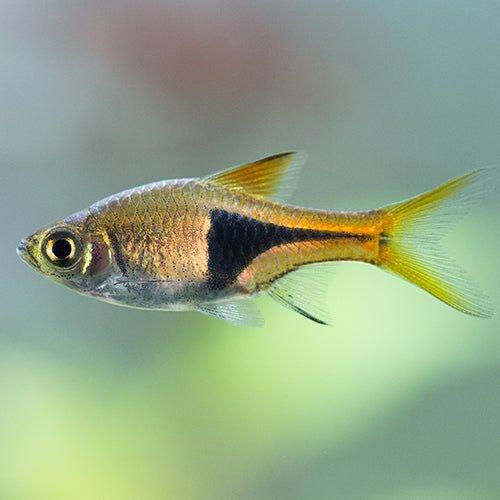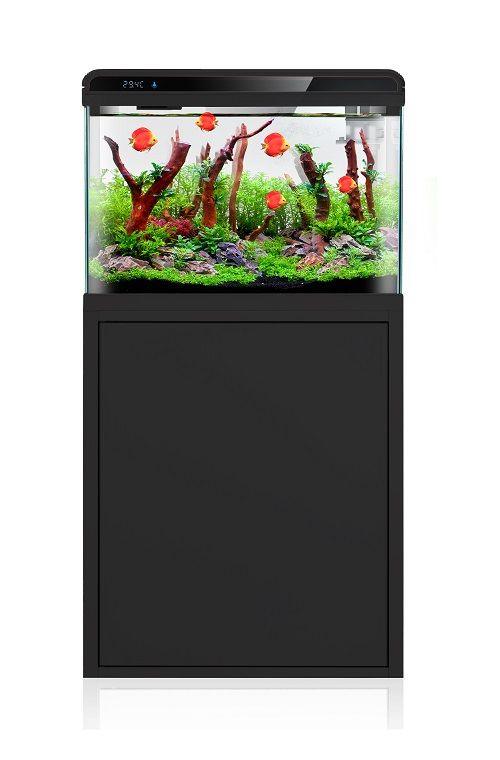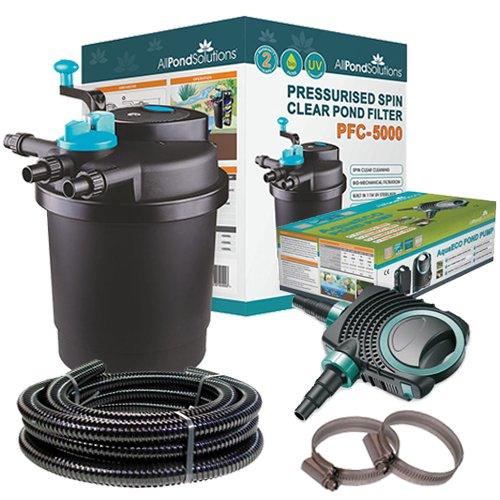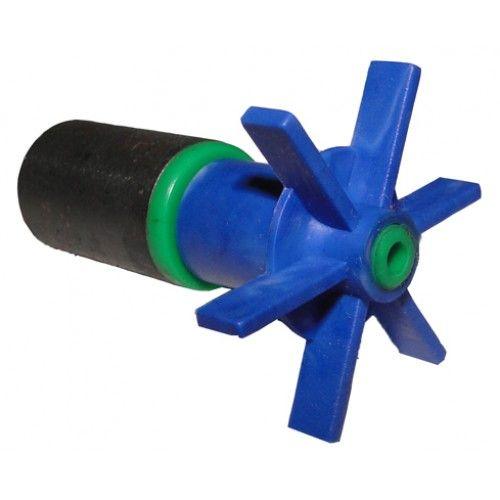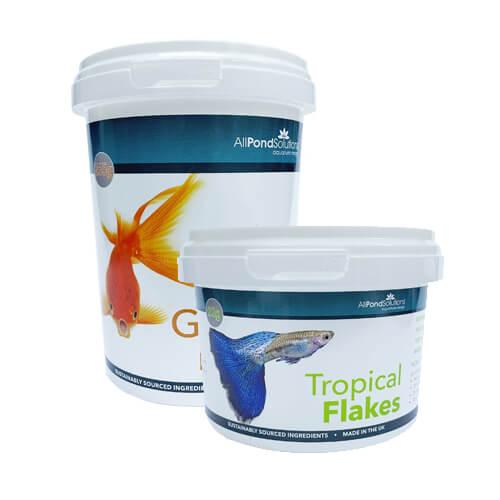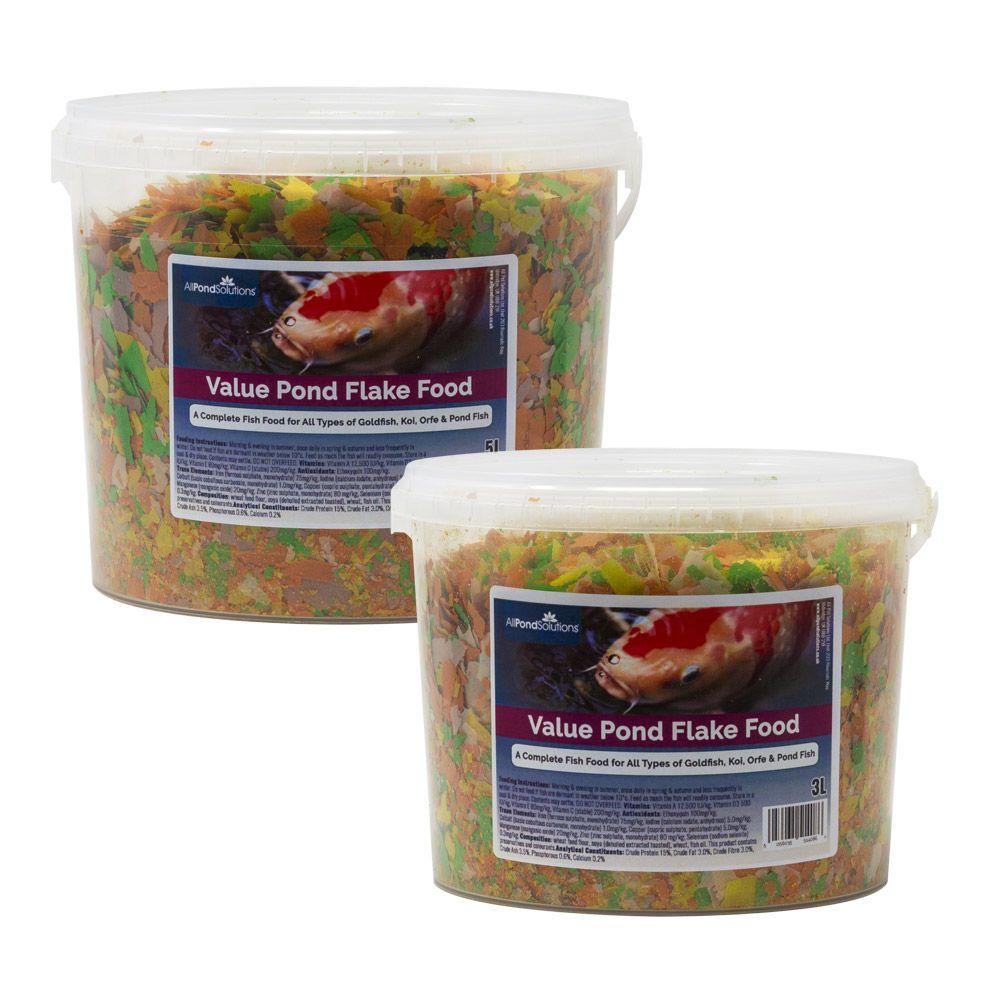Scientific Name: Trigonostigma heteromorpha
Please note – The image used above is for illustration purposes only; Size, colour and sex may vary. Many of our livestock species are sold as juveniles and have not yet reached their full size and colour potential. If you have any concerns about the size or colour of the livestock you wish to order, please contact our livestock team via our support centre before placing your order. Due to the large quantities of livestock orders daily, the livestock team will are unable to select fish / shrimp to meet specific gender or aesthetic needs.
Approximate purchase size : 2 - 4cm
All Pond Solutions will always endeavour to supply as close to the approximate size range as possible. Due to variations from suppliers on rare occasions this may not always be possible. Images used are to show the full potential of the fish when fully mature and are not always representative of juvenile specimens.
How easy are they to care for?
We would class these as a moderate care level, although once settled they will last.
How large can they grow?
They can attain a length of 4cm
Where in the world are they from?
Found in southern Thailand and down to peninsula Malaysia and Singapore.
What is the ideal number to keep together?
A shoaling species, so best kept in groups of 6-10 or more
What water conditions do they require?
Ideally slightly acidic water conditions are provided between 6.5pH - 7pH however they will happily live in conditions ranging up to pH of 7.5 or higher. Temperatures should range between 24-26°C.
What should you feed them?
Due to their small mouths, best fed a crushed flake or small frozen foods such as Daphnia.
How compatible are they with other fish?
A peaceful community species that does well with a large range of tank mates
Can they be bred in captivity?
Unlikey most other Cyprinids it does not scatter eggs. It actually breeds by attaching their eggs to the under sides of a leaf so spawning can be prolific in a densely planted aquarium.
